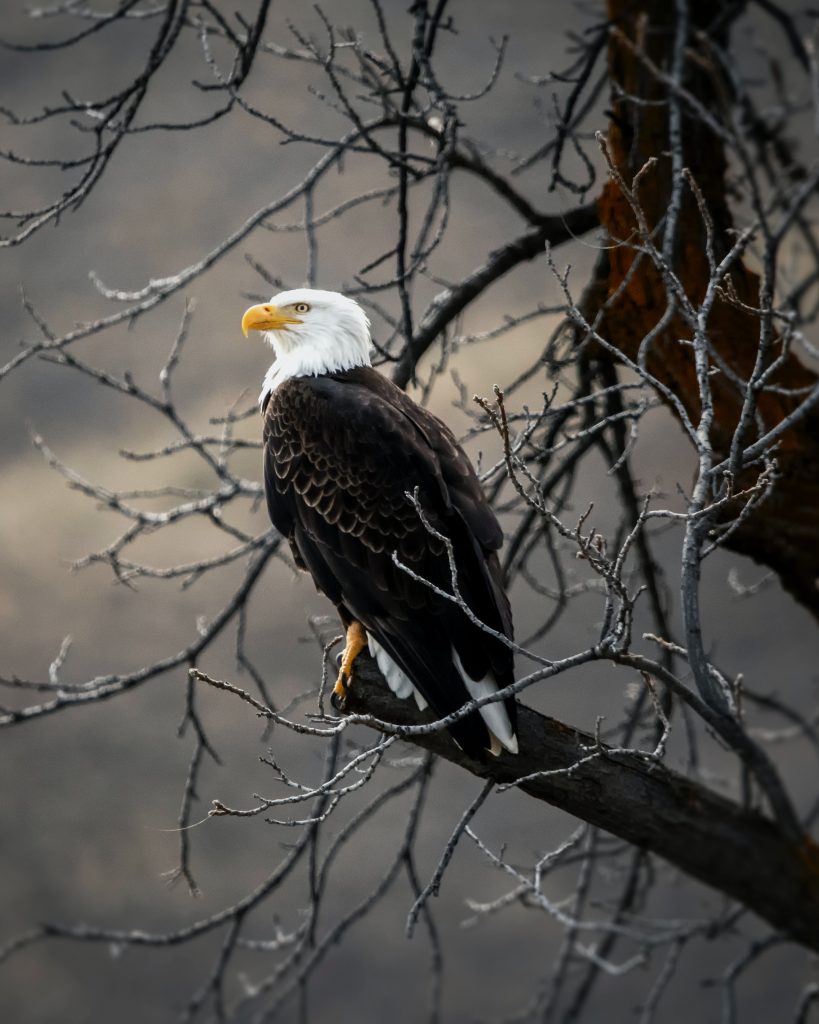The Moa was at one stage, the largest bird in New Zealand. They looked similar to the Emu, in structure but researchers believe that that the Moa walked with their necks stretched out in front of them as opposed to walking upright.
There were 20 different Moa species. The bush, eastern, heavy-footed, crested, and upland Moa all lived on the South Island, while 9 Moa bird species roamed the North and South Island.
Their size ranged from 3-13ft. tall. Some of the largest species of Moa could weigh up to 550 pounds (250kg). They weighed around 500 pounds. The Moa was fury and their feathers were rough that had shades of a black/brown colour. Except for their feet, the rest of their body had furry feathers.
What made the Moa so Unique?
It is the only bird species that do not have wings. Yes, there other birds that are flightless but they have wings. Whether that be small or large wings, but they had wings. With the Moa, they did not have wings. Not even a wing bone. That meant they were flightless. They make up for their limitation of not being able to fly, with their height which can reach up to 12ft.
Who is the Moa believed to be related to?
Moas have relations to the Tinamous birds of South America. Scientists examined the Moas DNA material and determined that it had similarities to the Tinamous birds of South America. The Moas have similarities to the Emu in terms of structure and the Kiwi bird is like the Moa regarding shape.
Diet, habitat, and behaviour:
Diet: New Zealand’s abundance of natural vegetation meant the Moas were herbivores. They liked ferns the most. The strange aspect of the Moas is that they would intentionally swallow stones/pebbles to help them digest the plant’s materials. They eat twigs, and leaves, using their sharp beaks to remove the undesirable leaves and branches.
Habitat: Based on research on most of the Moa species liked to live in the forest areas, while other Moa species liked to live in certain types of grasslands.
Predators: The extinct Haast Eagle used to eat the Moa. Other than the Haast Eagle, that went extinct after the Moa’s extinction, the only real predators the Moa had were humans.
Mating: The Moa’s breeding habits are a bit of a mystery as there have been only 30 intact eggs or fragments of the Moas eggs that researchers examined. There are a few facts that scientists have confirmed.
The Moas used to build their nests on ground level which made it easy for humans and egg thieves. The Moas never nested in the Trees. Another fact about the Moa is that they took a long time to reach mature, i.e., about 9 full years. They never reached full size until they were 3 years.
When did the Moa become extinct?
Researchers believe that the Moa went extinct at around the year by 1400 B.C. Moas, which is less than 200 years after the first humans arrived in New Zealand.
What were the causes for its extinction?
The chief reason for the Moas becoming extinct was humans. Humans killed the Moa for food and ate their eggs which caused one of the fastest extinction on record. They also destroyed the Moas habitats for resources like clothing and shelter.
The items Maori used, like clothing, jewellery and tools such as harpoon heads and fish hooks included dead Moas as a prime component. The mass killings of Moas, eating their eggs, and destruction of their habitat with their slow-growing/sexual maturity process of the Moas, all caused the Moas quick extinction. All of those factors coinciding with each other is a recipe for disaster.
Sources:
http://extinct-animals-facts.com/Extinct-Animals-List/Extinct-Moa-Bird-Facts.shtml


Great information about Moa. Thanks for sharing.